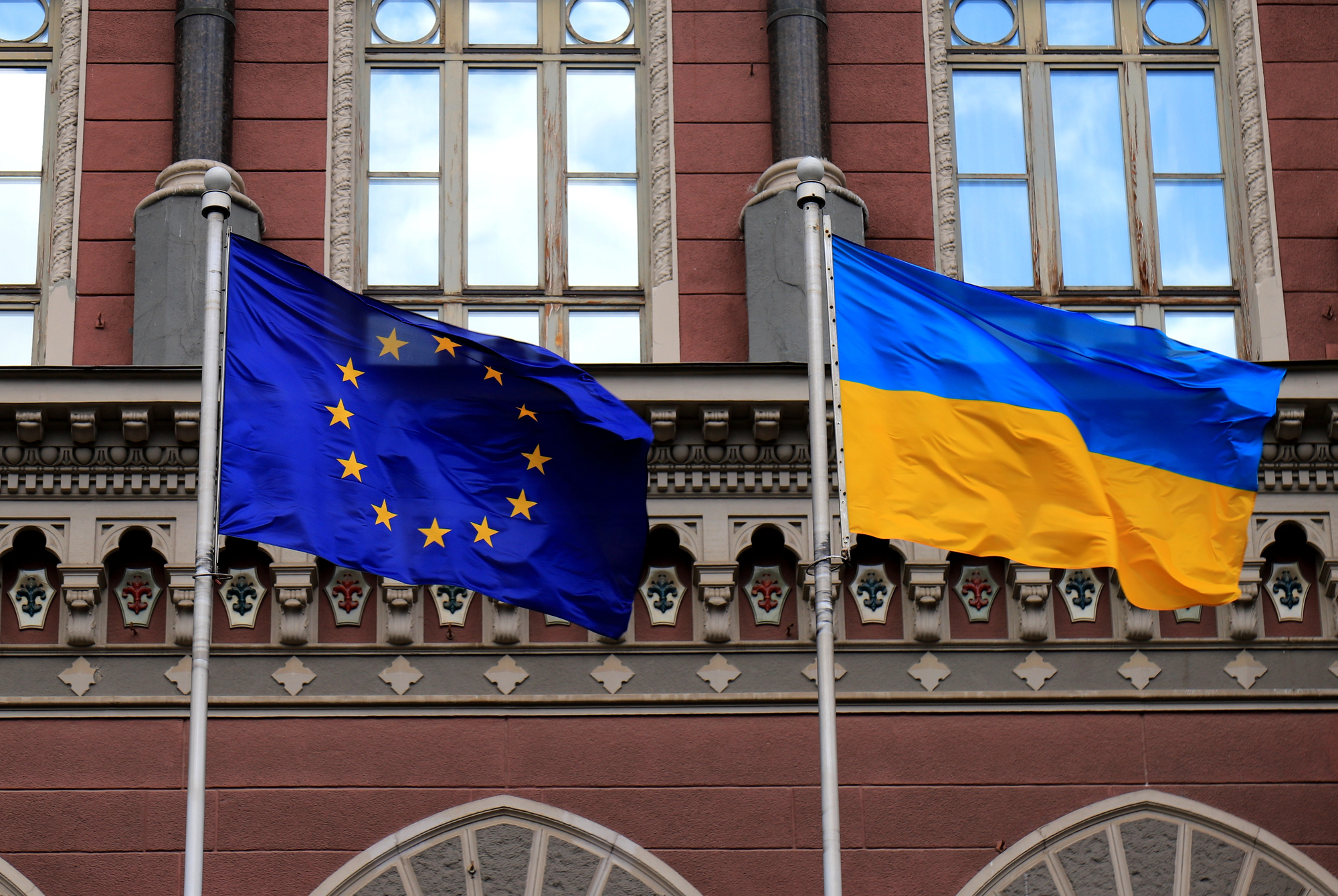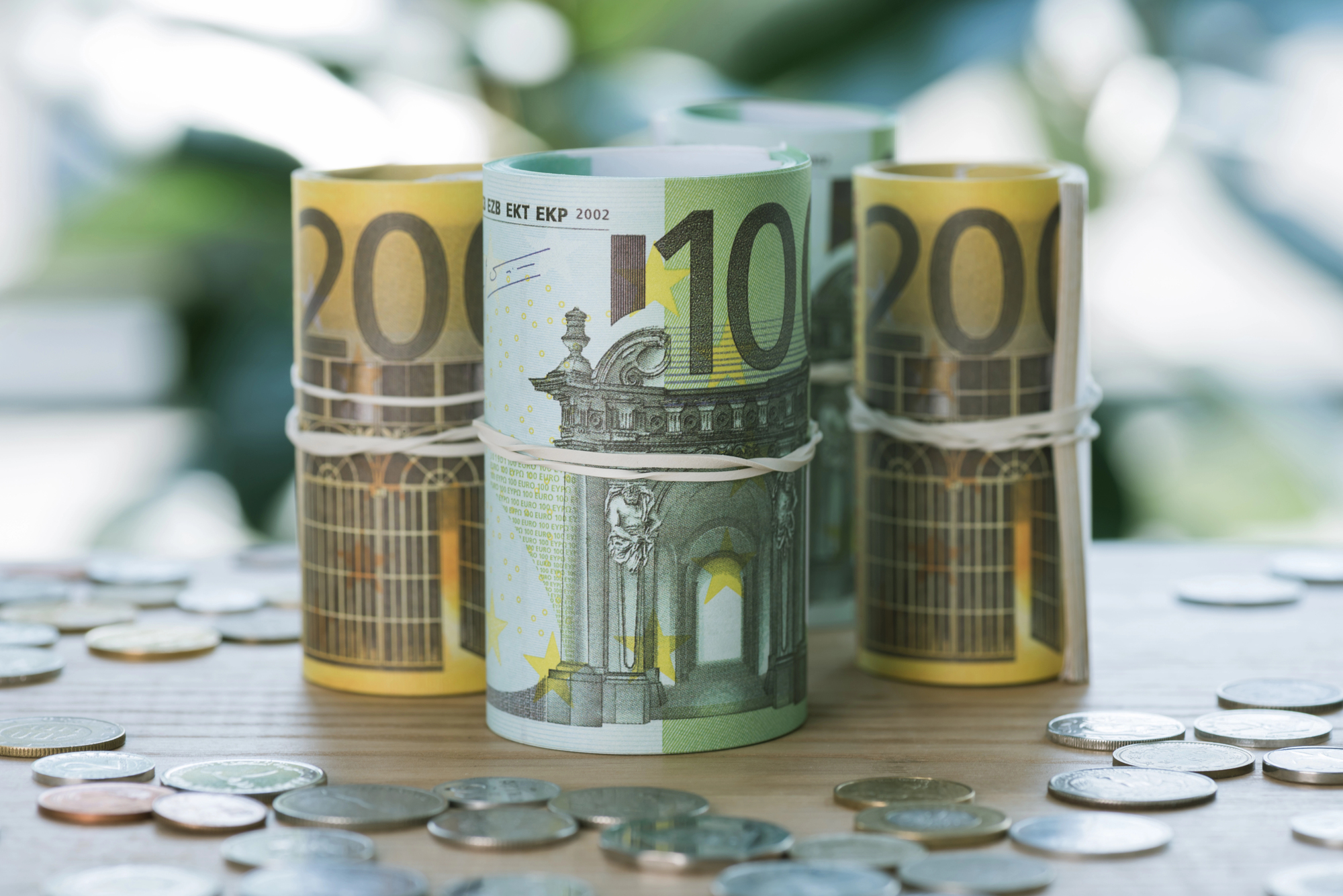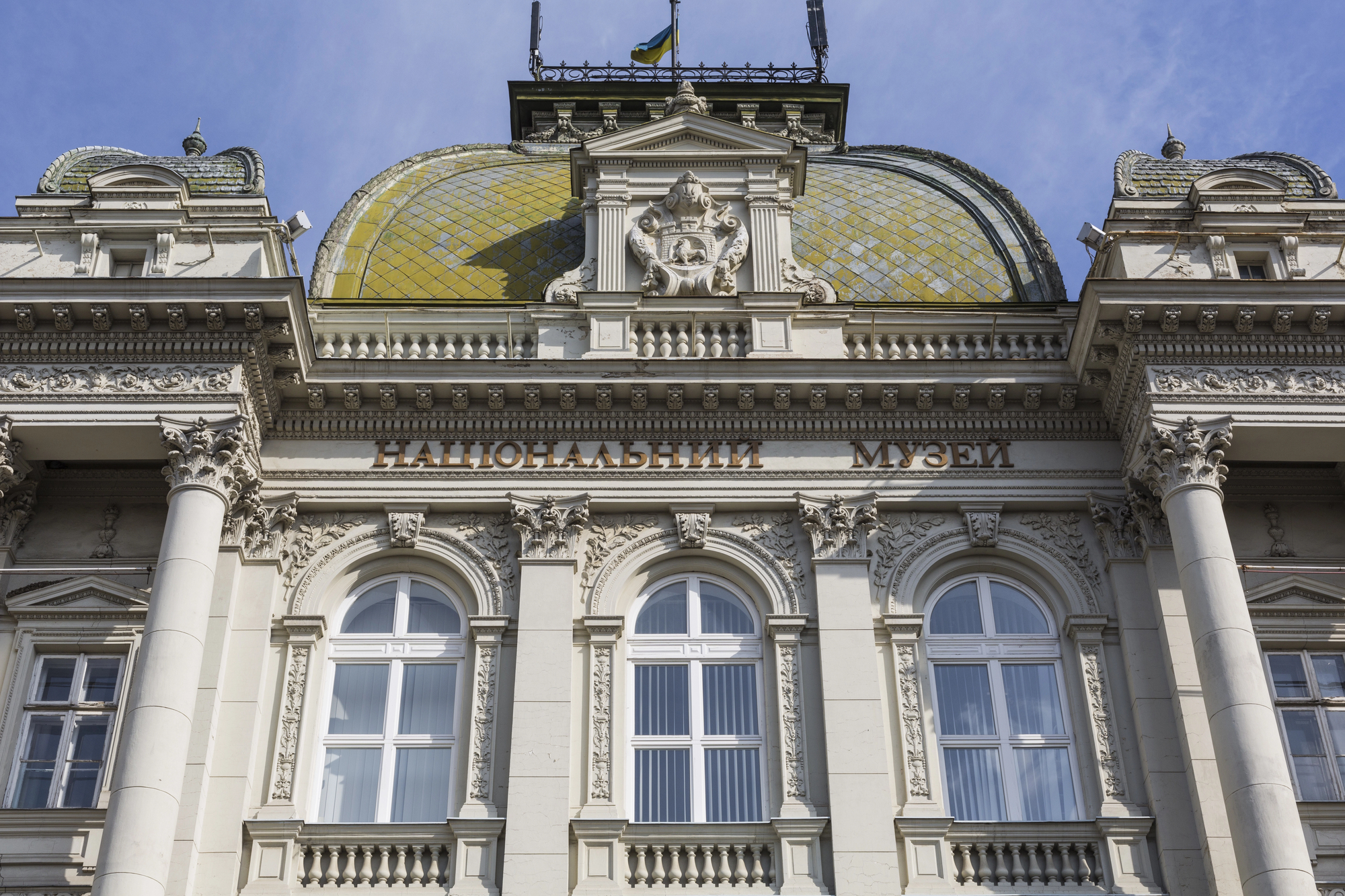Media business around the world is going through bad times. Adding to the traditional threats, including censorship, threats to journalists and lack of resources to produce high-quality content, new challenges have arisen in the form of sophisticated fakes and a social media boom. On top of media market being young in Ukraine, with the oligarchs controlling the largest media, only in 2019 two nationwide newspapers – Segodnya [Today] and Dzerkalo Tyzhnia [Mirror of the Week] – were dissolved. However, media business transformation is not only a crisis, but also an opportunity for the new projects.
The spread of the internet has forced traditional media to cope with virtual space. Today in Ukraine, according to theFactum Group research, 71% of the citizens use the Internet regularly, and in the age group under 35 this percentage exceeds 96% [1]. Internet penetration is increasing both in urban and rural areas. In the pursuit of a new digital audience loyalty, most of the press started to publish their materials online for free. But over time, it is becoming clear that digital advertising revenues would not be sufficient for the editorial staff because the competition for that money has been too high. Previously, periodicals had to compete for advertising budgets between each other.Now international digital corporations such as Google or Facebook joined the competition. Because of targeting tools, these corporations have become a threat not only to the national but also to the local publishers.
Another threat has been the global communication wars and the spread of fake news, and even the creation of whole fake publishers or media holdings. Remember the Russian media group Patriot better known as the troll factory, owned by Eugene Prigozhin, who is a businessman close to Vladimir Putin . Or Ukrainian content conveyor producers Znaj.ua or Politeca whose Facebook pages were deleted in 2019 for repetitive sharing of false information.
Political technologies became more sophisticated, and some politicians are deliberately undermining the credibility of high-quality media in order to convey their propaganda messages via social media directly to the voters lost in the ocean of information.
All this leads to a decrease in media credibility. In the United States, 31% of the people fully or mostly trust the national media, 45% trust the local media, and citizens’ trust to the media depends on their political preferences (Democrats trust the media more), according to a Gallup poll. [2] Media trust in Ukraine is also low. According to the USAID-Internews poll “Attitudes towards the Mass Media and Consumption of Different Types of Media in 2019”, the trust to the Ukrainian media ranges from 19% to regional radio and national press to 49% to the national TV and 51% national Internet media accordingly. [3]
In Ukraine, the situation is overcomplicated by the peculiarities of the young Ukrainian media market, which actually began to emerge only 28 years ago. We don’t have media brands that exist for hundreds of years. The first issue of the reputable Dzerkalo Tyzhnia [Mirror of the Week] was released in 1994, and the influential Ukrayinska Pravda [Ukrainian Truth] was established in 2000. In comparison, British The Economist was founded in 1843, American The New York Times – in 1851.
Most Ukrainians don’t have a habit of subscribing to newspapers or paying for digital content. Numerous publications, which were sponsored from the state budget during the Soviet period and in the early years of Ukraine’s independence, are only now learning to attract advertisers’ money.
Only a small number out of thousands of Ukrainian periodicals have introduced paid access to their online content. [4] In comparison, in the 2019 research by the Reuters Institute about pay models of online media in Europe and the US, among the 212 major news media, 69% used some kind of paid access to the content. [5]
Another unique feature of the Ukrainian media market is an oligopoly, which stands on the way of the emergence of new media projects and distorts the market. According to the editor-in-chief of Ukrayinska Pravda [Ukrainian Truth], Sevgil Musayeva, who has been researching media trust at the Reuters Institute for six months, 76% of the Ukrainian media market belongs to oligarchic groups. “They use media resources as a tool for political strife. Unfortunately, the media in Ukraine have become a part of the corrupt political system”, said Ms Musayeva during her speech at the Center for Excellence in Economic Journalism at Kyiv School of Economics in June 2019.[6]
The oligarchs control not only the largest television groups – they are also influential in the Internet. Among the five most popular socio-political websites in Ukraine in September 2019 [7], the owners of two of them belong to the richest people in the country, who are Rinat Akhmetov and Igor Kolomoisky, and another two belong to former (Mikhail Brodsky) or present (Andriy Sadovyi) officials and deputies of and Andriy Sadovyi. Only one of Ukrainian media owners of the top 5 Ukrainian websites on socio-political topics can be attributed to the businessman whose work in the media industry is systematic and profitable – this is Joseph Pintus.
Transformation of the media market in the world and in Ukraine is a threat for some players, but also a great opportunity for others. The entry barrier in the media market has never been so low, it has never been so easy to scale up your media business. For example, an amateur paid newsletter HotPod about podcasts by Nick Quah from the US, has turned into a really big phenomenon in just a few years. And Nick’s income has grown significantly. Qua’s annual revenue in 2013-2014 as an employee of such media as Business Insider, BuzzFeed, Panoply was $57,000, and now on average it’s $150,000. And it’s only the monetization of the newsletter, without an income from events, which are held by HotPod. [8] We believe that the application of the best foreign practices will allow Ukrainian small- and medium-sized media businesses to earn more.
Read more here.
References
[1] Проникнення інтернету в Україні, жовтень 2019 р. Factum Group на замовлення Інтернет-Асоціації України [Internet penetration in Ukraine, October 2019 by Factum Group commissioned by the Internet Association of Ukraine].
[3] Ставлення населення до ЗМІ та споживання різних типів медіа у 2019 році, жовтень 2019 р. InMind на замовлення USAID-Internews [Attitudes towards the Mass Media and Consumption of Different Types of Media in 2019, InMind by USAID-Internews].
[4] Піонери пейволу, 12.06.2019. MediaLab.online, Андрій Яніцький [Pioneers of the Paywall, 12.06.2019. MediaLab.online, Andrii Ianitskyi ]
[6] Як медіа можуть повернути довіру аудиторії, 01.07.2019. MediaLab.online, Андрій Яніцький [How media can bring the trust of the audience back, 01.07.2019. MediaLab.online, Andrii Ianitskyi].
[7] ТОП-100 новинних сайтів суспільно-політичної тематики за вересень 2019. Інтернет Асоціація України [Top-100 news websites on socio-political topics in September 2019, Ukrainian Internet Association].
Attention
The author doesn`t work for, consult to, own shares in or receive funding from any company or organization that would benefit from this article, and have no relevant affiliations



